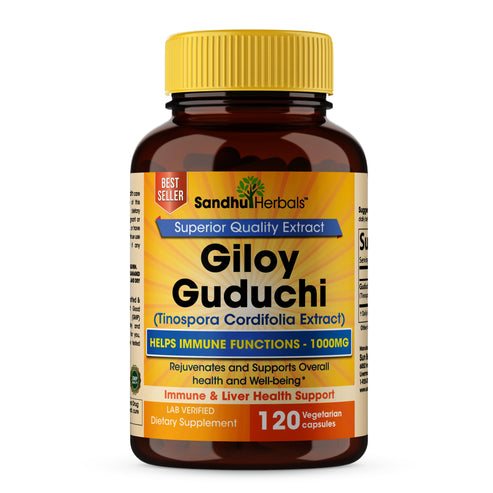Immune Season Essentials
Echinacea

Echinacea is a purple, daisy-like flower from North America that many adults use for short periods during high-demand weeks—like travel, back-to-school, or crowded offices. It’s a simple add-on meant to support your body’s immune health while you keep up good habits. Follow your label, take it at the same time each day (with food if you prefer), and keep it to a short window before pausing. For personal guidance, consult your healthcare provider.
Why it’s used: quick, short-term support during busy seasons.
Andrographis

Andrographis is a naturally bitter leafy herb from South and Southeast Asia. People reach for it when they feel run-down and want more focused support for a short window. Keep it straightforward: follow the label, stay consistent, and stop when the busy period passes; many adults take it with a meal for comfort. For timing and fit with your routine, consult your healthcare provider.
Why it’s used: focused, short-window support when you’re feeling stretched thin.
Giloy (Guduchi)

Giloy (Tinospora cordifolia) is a traditional Ayurveda vine. If you and your clinician decide it fits your plan, choose a quality, identity-tested product, follow the label, and keep it short and low—it’s not a year-round habit. Because health histories differ, consult your healthcare provider before use.
Why it’s used: a traditional option some adults add—with clinical guidance—for short, careful use.

How to start—without overthinking
Pick one herb that matches your week, take it once daily (with food if you like) at the same time, and keep it to a short window. Give the routine 2–4 weeks to settle, then pause and review how you felt. If you still want support later, you can try the other herbs—with the same simple approach. For optimal results, wait 2 to 3 months with consistent use. For any of these choices, talk with your healthcare provider.
FAQs
1. Echinacea vs andrographis — what’s the difference and which fits my routine?
Echinacea (purple coneflower) is often used as a simple, short-stretch add-on during busy weeks like travel or back-to-school. Andrographis (a naturally bitter leaf) is chosen for a more focused short window when you feel run-down. Both are typically used for brief periods and work best alongside steady meals, water, and sleep. Follow your product’s label for form and serving.
2. Giloy (guduchi) benefits — what does it do in an immune-season plan?
Giloy (Tinospora cordifolia) is a classic Ayurveda herb used in seasonal wellness routines. Many adults add it for a short, defined period as part of a food-first plan. Choose a quality, identity-tested product and follow label directions for serving and duration.
3. What’s the best time to take echinacea, andrographis, or giloy?
Pick a consistent daily time you’ll remember—morning or lunch works well for many—and take with food if you prefer a gentler feel. Most routines keep these herbs to days or a few weeks, then pause. Store products as directed (cool, dry place) so they stay fresh.





